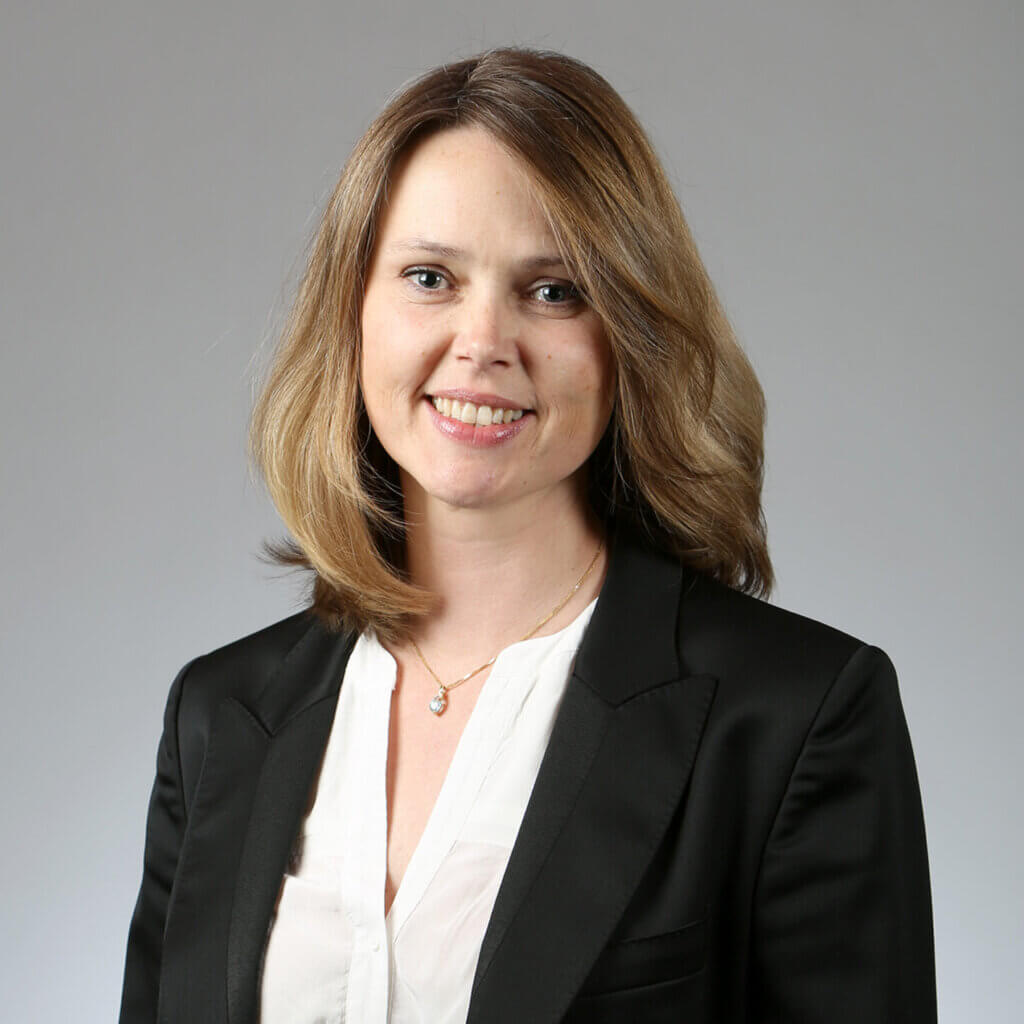
The ongoing growth and scale of the private equity real estate fund industry, coupled with the need for increasingly sophisticated technology platforms, is driving a further shift from insourced to outsourced fund administration models. The environment in which fund managers are operating has become a lot more complex, explains Anita Lyse, group sector head, real assets at Luxembourg-based fund administrator Alter Domus.
“What we have started to see as we enter the so-called ‘third generation’ of fund operations is the concept of interoperability of technology and operations between managers and administrators,” says Lyse. “That is still a recent development. There is so much more that can be done when it comes to harnessing the tools of automation, machine learning and AI. In many ways we are on a never-ending journey.”
What are the key factors driving the evolution of real estate fund operating models?
The real estate industry has shown double-digit annual growth over the past 20 years, both at the local level and globally. That is going to continue, albeit at a slower pace. At the same time, we have seen industry consolidation, with managers becoming bigger and more global. Then there is the regulatory environment which is leading to increased reporting requirements.
And lastly, as investors become more sophisticated, they are also asking for more types of reporting. With fund managers increasing in size, they need to scale up their operations and manage that growth process just as we ourselves did. Alter Domus started out in 2003 in Luxembourg as a spinoff of PwC. Back then, we were not a fund administrator at all, but a small corporate services provider only.
In fact, if you look back 20 years or even 10, there were not that many options out there for a global real estate investment manager to outsource to, that is, specialized providers with a strategic focus on real estate who understand the entire value chain. Real estate fund administration is not only about fund accounting, but also about property accounting, and reconciling the two is easier said than done.
Fund administrators have come a long way to be fit for purpose for these global managers. In the early days of the global financial crisis, we took a step up in the value chain by going into fund administration. And now, 15 years later, here we are with more than 5,000 people, 39 offices across the three main regions globally and $2.5 trillion in funds under administration.
How is the accelerating digitization process impacting the fund management industry?
Traditionally, fund administration services were largely insourced and Excel was very widely used. Only smaller bits and pieces were outsourced initially, but as the fund administrators became better and more professional, they started using dedicated operating systems and technology platforms. Now we are seeing a move away from emails for communication, with clients and investors as part of the fund administration process, and instead using digitized solutions and workflow applications across many activities. These tools significantly reduce the use of emails in fund operations, which saves time and minimizes the risk of error.
The whole concept of how you run fund operations in the alternatives space is becoming more sophisticated and it is now starting to catch up with the UCITS (Undertaking for Collective Investment in Transferable Securities) business – a regulatory framework for mutual funds in the European Union. While standardization is quite easy in the UCITS business, it is much more difficult in the alternatives world, but that is where the industry is heading. If you have reached a certain size, operate globally and need scale, then there is really no other choice than to try to standardize as much as you can.
One of the big challenges for us as an organization was to find a solution to facilitate the approval process of accounts payable for our real estate clients and to create dashboards around that, so everybody knows what the status is and can retrace each step via an audit trail. It comes down to managing the volume of these repetitive processes. Digital workflows give the client greater insight into their fund administration, and that transparency enables them to improve their risk management and the efficiency of their operations. It also frees up time for everybody involved in the repetitive, low-value tasks of the fund administration process and enables them to focus more on activities that add value.
In what way are environmental, social and governance concerns affecting the fund management industry?
ESG is adding a layer of complexity, as managers, investors and regulators are all asking for more data and reporting around these issues. The market has more maturing to do in this area, as there is still a lot of room for improvement and standardization. In that respect, I think we are going to see a further evolution of the industry in the next few years. This is also very much an ongoing work in progress.
In what way is the European real estate fund administration market evolving?
Initially, we operated exclusively in Luxembourg, which is the largest fund domicile in Europe. I do not think that is going to change any time soon, so we are going to continue to grow our Luxembourg fund business. In terms of the offices, we have locations across Europe today, and we also have a presence in the Channel Islands, which are likewise large and significant fund domiciles. But there are also plenty of opportunities in the local investment markets, such as France, Germany, the Netherlands and Spain.
Our most recent office opened in Milan. That was largely driven by a client’s need for services to help them with the administration of the local property-owning entities of their real estate investments in Italy. And now that Brexit has been done and dusted, we also see a lot of traction in the UK. It is a significant jurisdiction for us and a place where we see a lot of growth opportunities. The UK ranks among our fastest growing offices in terms of our real estate business.
We are also seeing further rationalization of service providers by larger fund managers. A pan-European real estate fund manager, for example, may have appointed fund administrators on a fund-by-fund or even a deal-by-deal basis in local investment markets, and now they have a very fragmented and patchy model. They may not necessarily want to work with only one service provider in Europe, but they certainly do want to rationalize. And the larger players, in particular, do not just want a service provider, they want a long-term partner.
Where is the greatest potential for the shift from insourcing to outsourcing of real estate fund administration?
In the US. It is the world’s largest real estate market, and it lags on the outsourcing curve compared to Europe, where the outsource model is a lot more common. There is a desire to outsource more in the US, but there has traditionally been a lack of solid providers who also understand the entire real estate value chain. We think there are massive opportunities in the US market, and it is one of the focus areas for our own growth as a business. We have a pretty good presence in the Asia-Pacific market, too, and want to continue to grow there as well.
In the US, a typical setup for a fund manager has been to work with their own technology and people. But they have now started on the outsourcing journey via co-sourcing, which is a bit of a hybrid between a full-blown outsourced model and the traditional model. Co-sourcing is essentially a setup where the fund manager retains their own technology platform and data warehouse, while we, as an administrator, will have access to that and effectively perform the processes using our client’s technology stack. The benefit for the client is that they remain the owner of the data, and for some clients that is important. This model is gaining increasing traction in the US market in particular.
When we enter into a co-sourcing agreement, it sometimes comes with what we call a ‘lift out’ that includes the takeover of a part of the back and middle office of our clients. Our client’s staff become Alter Domus employees and they may continue to work in the fund manager’s existing systems or sometimes we take their technology with us. If the fund manager believes their tech stack is outdated, unsustainable or not scalable, we would go through a lengthy process of data migration from their legacy systems – typically also including a stack of Excel sheets – into our technology solution.
We have done several lift outs in various places in the US, some small and some quite sizeable. People are at the core, so you need to make sure you get that right to ensure the continuity of the operations. It is never a question of ‘plug and play,’ but we have developed what we think is a strong playbook because we have been through the process many times. In real estate, historically, back offices have been bigger than in other asset classes because of the greater complexity of real estate as an investment product.
This article was originally published in PERE’s Value Creation Report.






